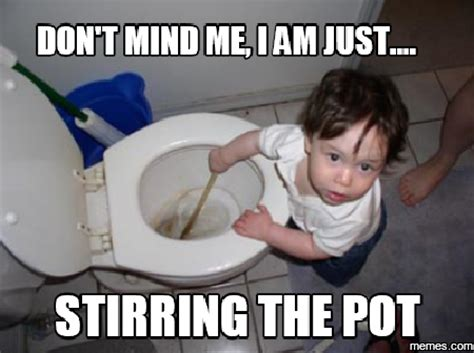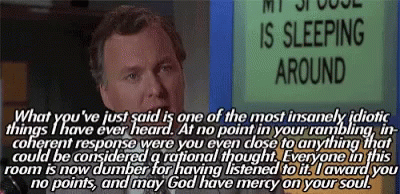True- almost all 90/10 states have a subset with different rules.Name all the western states that do it, and then remove those with loopholes.
But that doesn't mean they shouldn't strictly apply 90/10 to their best tags.
90/10 with loopholes is nothing like 85/15 across the board.






